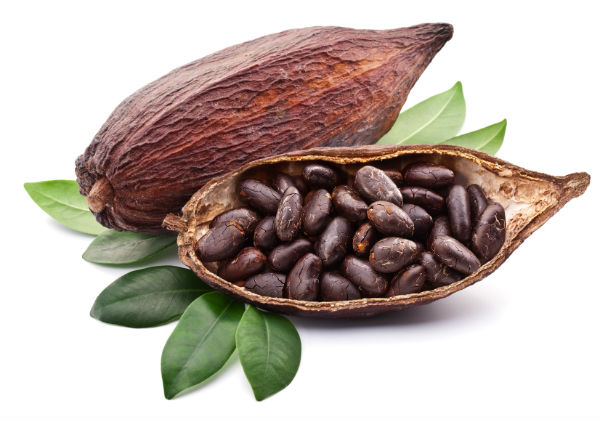
Horse bedding
What happens when you compost endless truckloads of assorted organic material such as grass, hay, pine shavings, leaves and manure from surrounding Massachusetts-based horse farms? At the conclusion of the 12-week chopping, mixing and screening process, you end up with a nutrient-dense recipe for horsey gold, otherwise known as
Mad Mics Mulch.
This incredibly practical way to reuse something that starts out ever-so-chunky and perhaps even a bit odiferous not only ends up looking surprising dark and rich, but it’s also mighty attractive, to boot. The icing on the cake is that the high nutrient content of recycled horse bedding mulch
can whip botanicals into shape by coaxing better yields, all while aiding moisture retention.
Hazelnut shells
Fans of hazelnuts (aka “filberts” or “cob nuts”) typically get their fill of the high-protein edible during the holiday season, whether indulging in a much-needed Nutella/truffle fix or knocking back a glass or two of Frangelico liqueur. But what happens to all of the shells that are left behind? While in recent years, researchers have determined that
they contain cancer-fighting properties that must be explored further, shells are normally
incinerated as an energy source.
One clever Oregon-based cheese company has made a habit of
cold-smoking shells along with their blue cheese to impart the final product with a savory, nutty essence (which is a pretty creative way to recycle a perceived waste product) but garden mulch? Yes, indeedy!
During the last three months of each year, when Oregon’s crop of hazelnuts are harvested,
Westnut (among other processors) makes the shells available to Pacific Northwest garden supply outlets and nurseries in 30- to 40-pound bags.
This
slowly biodegrading, naturally weed-blocking mulch alternative is lightweight, attractive and tracks far less than conventional versions. While the shells drive the squirrel population a bit insane (since they root around in vain for nuts that they’ll never find), it is less expensive than rock or bark versions, naturally repels garden slugs and lasts a long time.
Eucalyptus
The preferred food source among Australia’s koala bears, more than 700 types of fast-growing, eternally thirsty Eucalyptus trees exist down under as well as up above in places as diverse as China, Europe and Africa. Their glossy green leaves contain a naturally disinfecting essential oil that is rich in phytochemicals, and following its commercial extraction, leftover organic materials (including the branches and bark) are processed into a long-lasting ground cover that, while great to look at and incredibly aromatic, can actually compromise the survival of
some plants for as long as five months.
Blame it on the formylated
phloroglucinol compounds, which in large quantities can actually be toxic, particularly to tender little seedlings. But, on the flipside, they automatically deter pests.
This highly sustainable mulch is perhaps best used around mature, well-established landscaping materials, lending an undeniable visual appeal via a blond shade that matures over time into a rich red tone.
Cocoa shells
Where would we be without the beloved cocoa bean? Perhaps perpetually pouty with no pep in our step? Upon being fermented, dried, roasted, ground and then finally processed into a number of silky-rich, taste-bud-tantalizing treats, leftover cocoa shells, which slough off while being roasted to perfection in processing facilities, are
reserved for garden mulch.
With the attractive, reddish-brown tone of cocoa shells (which deepen over time rather than succumbing to the bleaching effects of the sun) and their high nitrogen levels, it’s not surprising that this seemingly unusual alterna-mulch has caught on with the eco-gardening set. An impossible-to-ignore bonus is that their irresistible chocolaty scent endures for at least two to three weeks, allowing the chocoholic gardener to enjoy a very unique sensory and endorphin-boosting experience in their very own back yard.
Even the innate slug-repelling texture of cocoa shell mulch (which frisky, foraging felines detest) is a selling point, as is its slow biodegradability, meaning that it imparts nutrients to the soil over a long period of time before requiring augmentation with further material. It is, however, somewhat more costly than conventional mulch and there are countless rumors that
it is dangerous for pets to ingest, so proceed with caution.
